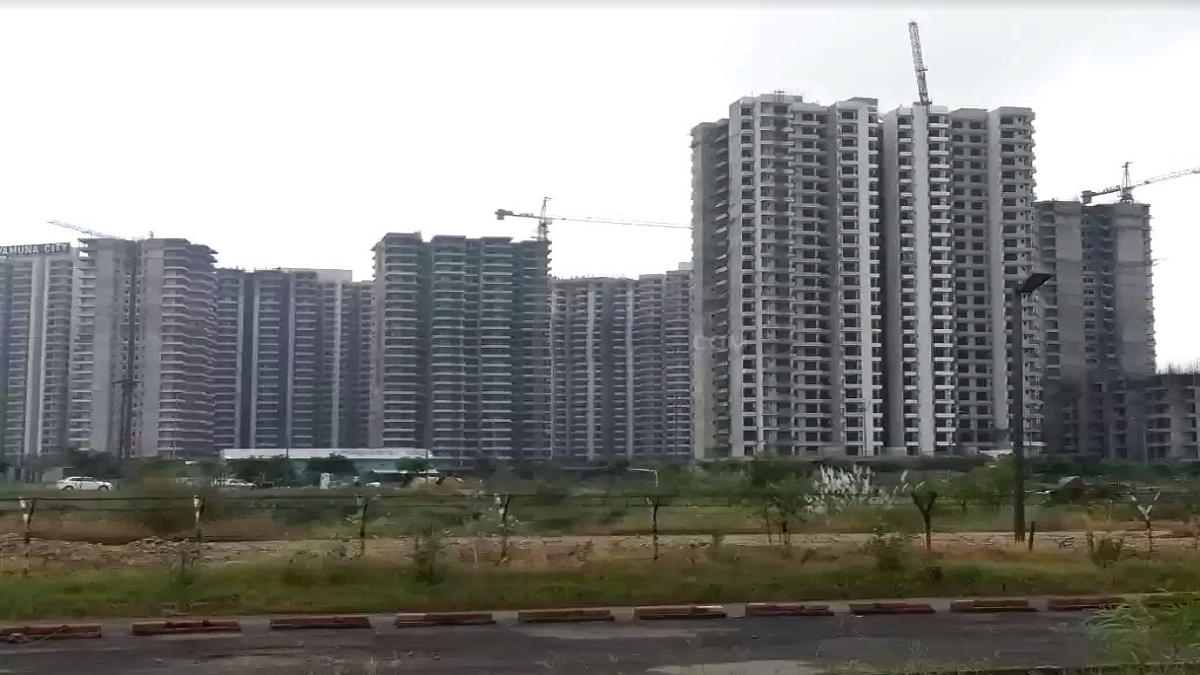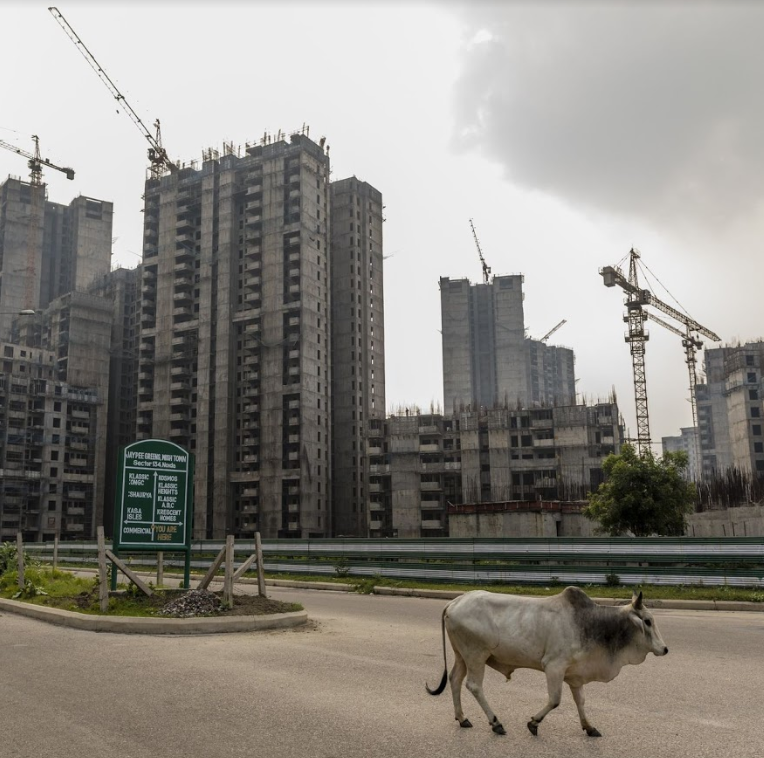


“If you have to fight for what’s your own, you are either the Pandavas or an Indian homebuyer”
What goes as a jovial proverb amidst the real estate lobby is an apt depiction of the never-ending ordeal of the homebuyers. The primary reason as to why an Indian homebuyer is an emotional litigant is that in almost all middleincome societies, a home is not a mere investment or an asset but a structure of accomplishment, mostly irrigated with lifetime savings and fueled with a dream to own a house. A new chapter to the plight of the homebuyers was recently inserted by virtue of the Insolvency and Bankruptcy Code (Amendment) Ordinance, 2019 (“Ordinance”) passed on 28.12.2019 [1], which was later fortified into the Insolvency and the Bankruptcy Code (Amendment) Act, 2020 (“Amending Act”) dated 13.03.2020 [2]. The Amending Act amended Section 7 of the Insolvency and bankruptcy Code, 2016 (“Code”) among many others and inserted the following proviso:
“Provided further that for financial creditors who are allottees under a real estate project, an application for initiating corporate insolvency resolution process against the corporate debtor shall be filed jointly by not less than one hundred of such allottees under the same real estate project or not less than ten per cent. of the total number of such allottees under the same real estate project, whichever is less.”
The implications of inserting the said proviso are that an individual homebuyer would now be ineligible to file an application for initiating insolvency proceedings against the prospective Corporate Debtor under the Code.


Deciphering the decision of the Supreme Court
The Supreme Court in a welcoming decision in Pioneer Urban land and Infrastructure Ltd. vs. Union of India [3] (“Pioneer’s case”) had held that homebuyers squarely fell within the category of Financial Creditors since the very inception of the Code and the 2018 amendment was a mere clarification to the same effect. What deserves a keen inspection is the fact that the Supreme Court in Pioneer’s case had dealt with an “individual homebuyer”. If the proviso in question of the Amending Act is read in a superimposed manner with the decision in Pioneer’s case, it can be rightly deduced that the present amendment runs contrary to the decision of the SC owing to the fact that the Supreme Court held that it was the individual right of every homebuyer to be treated as a Financial Creditor. The present amendment adds a qualification to the eligibility of the homebuyer which the Apex court did not intend to.
Is legislature empowered enough?
The Proviso to Section 7 of the Amending Act disqualifying the individual homebuyers is wrapped in a bubble pack of retrospective application. The third proviso to Section 7 of the Amending act states that all applications filed by the real estate allottees which were pending before the Adjudicating Authority shall have to comply with the qualifications stipulated in the first and second proviso. However, this is clearly contrary to the position of law upheld in the case of The State of Karnataka Vs. The Karnataka Pawn brokers Association & Ors. [4] wherein it was held that:
“However, the Legislature cannot set at naught the judgments which have been pronounced by amending the law not for the purpose of making corrections or removing anomalies but to bring in new provisions which did not exist earlier. The Legislature may have the power to remove the basis or foundation of the judicial pronouncement but the Legislature cannot overturn or set aside the judgment, that too retrospectively by introducing a new provision. The legislature is bound by the mandamus issued by the Court. A judicial pronouncement is always binding unless the very fundamentals on which it is based are altered and the decision could not have been given in the altered circumstances. The Legislature cannot, by way of introducing an amendment, overturn a judicial pronouncement and declare it to be wrong or a nullity. What the Legislature can do is to amend the provisions of the statute to remove the basis of the judgment.”
Fathom a scenario wherein post the judgment of the Supreme Court in Pioneer’s case, a homebuyer had moved an application before the Adjudicating Authority in relation to a real estate project. Post the ordinance, the application of the homebuyer would become non-maintainable since he had to fulfil a subsequent eligibility criterion which technically snatches away his entitlement to be a financial creditor. This clearly replicates a scenario wherein a new provision has been added without removing the basis of the judgment in Pioneer.
Classic Scenario of Creating a Class within a Class
The most precious vertex of the golden triangle of fundamental rights vests in Article 14 [5] of the Constitution of India. The aforesaid article guarantees the right to equality to all citizens of the country. It is a well settled position of law that creating a class within a class of citizens is a brutal violation of the right to equality. In the case of Sansar Chand Atri Vs. State of Punjab [6] the Supreme Court had held that creation of a sub class within a class of petitioners was manifestly arbitrary.
Further in the case of D.S. Nakara Vs. Union of India [7], the Supreme Court while deciding a dispute wherein the pensioners were differentiated on the basis of a cut-off retirement date held that such a differentiation would not amount to an intelligible differentia and created a class within a class of the petitioners and accordingly held the said differentiation to be violative of Article 14 of the Constitution.
In the present scenario, the Apex Court had held the real estate allottees fell within the definition of Financial Creditors. To conclude whether the Apex Court chose to treat the Financial Creditors differently, a glancing resort needs to be made to the definition of Financial Debt under Section 5(8) of the Code which states that:
“financial debt means a debt alongwith interest, if any, which is disbursed against the consideration for the time value of money….”
Thus, the defining factor of a Financial Debt clearly comes out to be a consideration for time value of money. The Supreme Court in Pioneer’s Case had held that:
“In real estate projects, money is raised from the allottee, being raised against consideration for the time value of money.”
It further held that:
“In real estate projects, money is raised from the allottee, being raised against consideration for the time value of money.”
As apparent it could be, the SC has applied the same test as it would have applied to any other Financial Creditor and did not indicate a homebuyer as any different to a Financial Creditor under Section 7. Even if the legislature intends to raise a placard of intelligible differentia on the basis of the misuse of the Code by an individual allottee, the Supreme Court in Pioneer’s case stated that:
“The Code is thus a beneficial legislation which can be triggered to put the corporate debtor back on its feet in the interest of unsecured creditors like allottees, who are vitally interested in the financial health of the corporate debtor, so that a replaced management may then carry out the real estate project as originally envisaged and deliver the flat/apartment as soon as possible and/or pay compensation in the event of late delivery, or non-delivery, or refund amounts advanced together with interest.”
Thus, unless the State decided to pull a rabbit out of a hat, there is no apparent intelligible differentia, from treating the Homebuyers as a separate set of creditors under Section 7 of the Code. More so, while other financial creditors had a choice to either file a petition under Section 7 of the Code either individually or jointly, it is mandatory for a real estate allottee to file the said petition jointly with other real estate allottees.
The HCC Case Déjà vu
An analogical overview of the present scenario would reveal a similarity of situation already experienced by the Supreme Court in the case of HCC Limited Vs. Union of India [8] (“HCC Case”). In BCCI Vs. Kochi Cricket Pvt. Ltd. [9] (“BCCI Case”), the Supreme Court had explained the scope of the 2015 amendment in the Arbitration and Conciliation Act, 1996. Likewise, in Pioneer’s case the Supreme Court had decided upon the scope of the 2018 amendment. Post the BCCI Case an amendment was brought by virtue of Section 87 which technically nullified the decision in the BCCI Case. Similarly, in the present scenario the Amending Act partially nullifies the judgment in the Pioneer’s case by adding additional qualifications for the homebuyers. In the HCC Case, the Supreme Court rightly held that it was not correct on the part of the legislature to nullify a judgment of the court without removing its basis. Thus, an analogical streamlining would indicate that in the present scenario the legislature has again relied on its footmarks in the HCC Case which were eventually wiped out by the Ape Court. It is likely that the Supreme Court might adapt an analogous approach in deciding the challenge to the Amendment Act owing to the uncanny similarities in the factual matrix of the HCC Case and the pending challenge to the inserted proviso to Section 7 of the Code.
The Way Ahead
• It would be correct to say that the said amendment is likely to reduce the litigation that could be initiated by the real estate allottees against developers and a misuse of the Code as a debt enforcement mechanism would come to a halt. However, a sustainment of the proviso to Section 7 of the Amending Act would surely be detrimental to the rights of the real estate allottees, statutory and constitutional.
• The aforesaid proviso, if sustains, would be available at the disposal of the developer, wherein it could enter into settlements with a few buyers to make sure that the qualification quorum remains a far-fetched reality.
• With an increase in the amount of default under Section 4 of the Code from Rs. 1 lakh to Rs. 1 Crore, other Financial Creditors could form consortiums with individual homebuyers, to increase the threshold limit, thus allowing the homebuyer to take the backdoor route and rendering the amended proviso to be a futile provision.
It would be interesting to see as to how the Apex Court would balance the scales in the case of Manish Kumar Vs. Union of India [10] along with other petitions wherein a challenge has been made to the Provisos to Section 7 of the Amending Act to be violative of Article 14 of the Constitution of India. It is likely that the all the issues would be zeroed down to the existence of any intelligible differentia between the homebuyers and all the other Financial Creditors in order to ensure that the amendment sails through the deep waters of Article 14.
The content of this article is intended to provide a general guide to the subject matter. Specialist advice should be sought about your specific circumstances.
Ambika Pratiyush is Managing Associate, L&L Partners Law Offices, and Siddhant Grover is a mentee at L&L Partners Law Offices.